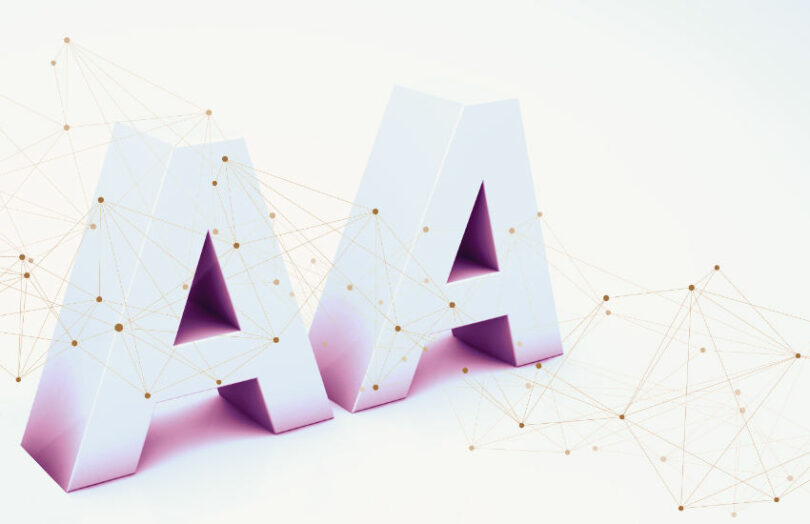In November Standard Chartered’s SC Ventures unveiled Libeara, a Singapore tokenization startup it incubated. Today Moody’s released a rating for the first fund to use the platform. Singapore’s FundBridge Capital will issue the tokenized fund units on the Ethereum and Stellar public blockchains. This may be the first official rating for a tokenized fund on a public blockchain.
The SGD Delta fund will mainly invest in high quality Singapore government securities. It will only be available to accredited or institutional investors.
Moody’s gave it an AA rating (AA-bf as in bond funds) rather than a AAA. That’s despite the credit quality of the underlying assets being AAA.
There were several reasons for this, including FundBridge Capital’s lack of experience with this sort of fund and the issuer’s small size. Libeara’s lack of track record also contributed, as did the “technological” and “governance” risks associated with public blockchains.
Like many new tokenization platforms, Libeara and the public blockchain won’t be the only record of ownership. Vistra Alternative Investments will keep an off-chain register of investors. In the United States Franklin Templeton, the operator of the largest blockchain money market fund, also keeps a conventional log of ownership in parallel to the blockchain records. We believe this is an SEC requirement.
Similar to Franklin Templeton’s and other regulated offerings, the experience is quite controlled. The tokenized fund can only be traded between whitelisted investors. And end users will subscribe using the StraitsX stablecoin XSGD. However, FundBridge will only receive cash, not a stablecoin. Plus, the launch on the Stellar network will only happen once investors can subscribe using cash because Stellar does not currently have a Singapore dollar stablecoin.
Other Moody’s tokenization ratings
Until now, Moody’s gave most tokenized issuances equivalent ratings to conventional issuances without adjustment. However, there are three material differences – they were for bonds rather than funds, the issuers had long track records and the tokenizations used permissioned blockchains. Comparing FundBridge Capital with its $180 million in assets under management versus the European Investment Bank (EIB) or UBS is comparing apples with oranges.
For example, Moody’s has rated three out of four EIB digital bonds as AAA. The first EIB digital bond was issued on Ethereum but wasn’t rated. The other issuances used three different new permissioned blockchain platforms.
Meanwhile, UBS issued a substantial bond via the SIX Digital Exchange (SDX), which received an Aa3- rating, the same as conventional UBS senior unsecured notes. The City of Lugano also issued a bond via SDX with the same experience.






